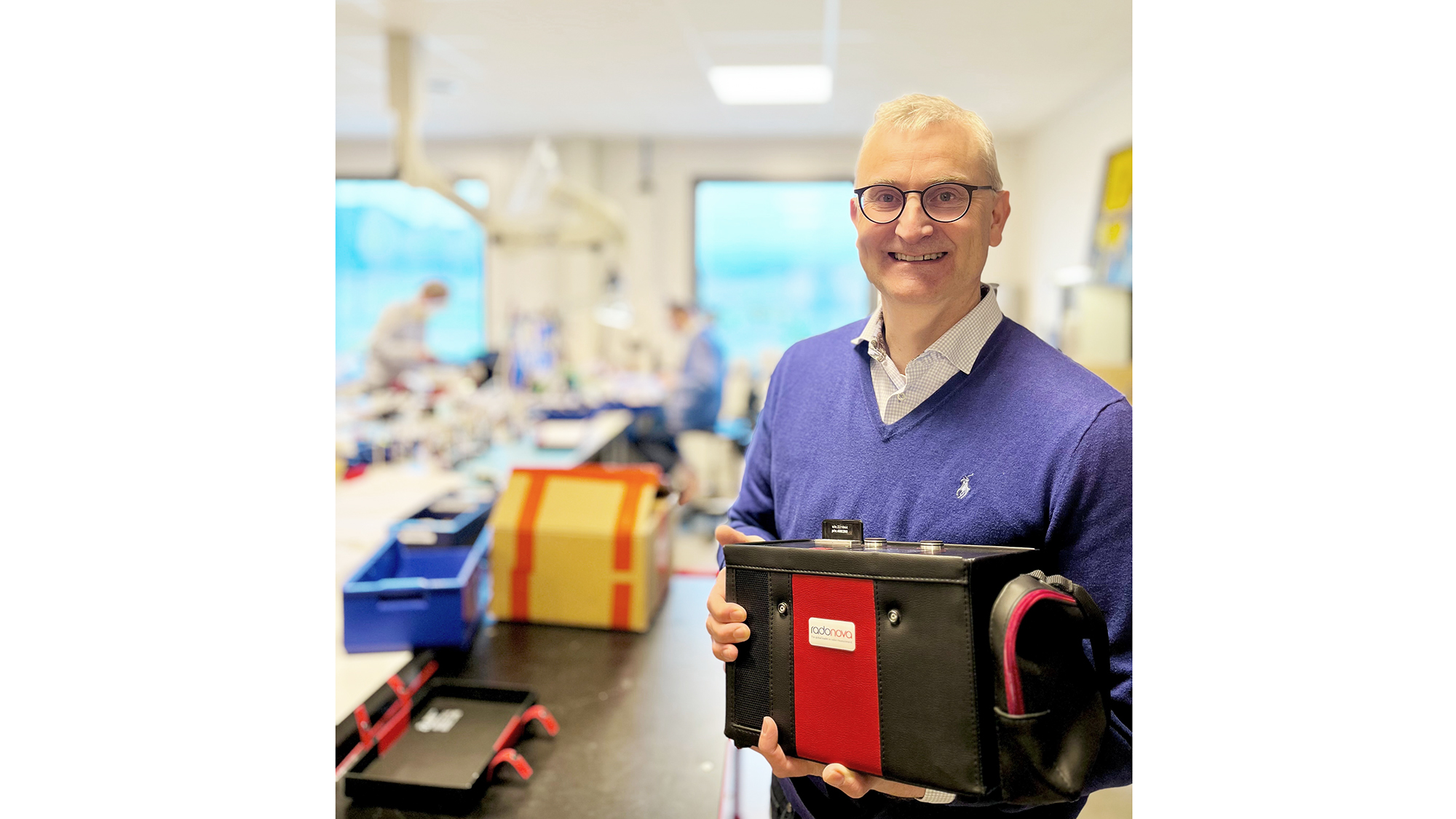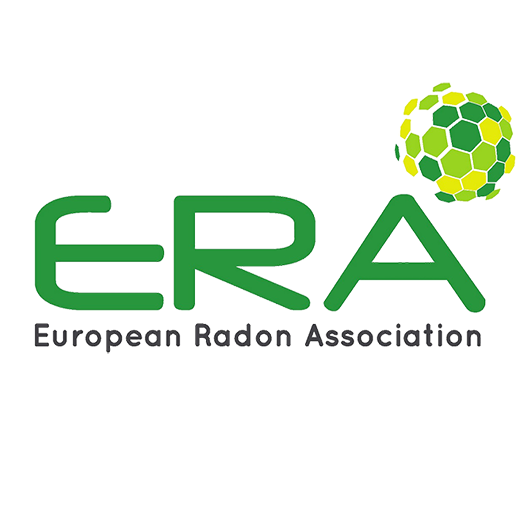Radonova often gives students the opportunity to carry out various types of internship work on site in Uppsala, Sweden. As part of his degree in nuclear technology at the CNAM school in Paris, Thomas Gumusel spent two months studying at Radonova. The objective has been to improve the possibilities of obtaining more accurate values at very high radon levels.
We interviewed Thomas about his work and internship at Radonova.
How can this study make a difference in future radon measurements?
At very high radon values, the classic method of calculating the value is not suitable and can give misleading information. The work I have carried out aims to improve the possibilities of making that type of calculation with higher precision.
Why is this important?
According to various laws and regulations, most workplaces are required to carry out measurements to validate the radon level. If the level is too high in relation to current regulations, corrective measures must be taken. To be able to take the right measures it is important to have correct values where the radon level is extremely high, which can be the case, for example, in mines and in buildings with poor ventilation.
Why has this been a problem?
The TADTAC method (track area dependent total area counting) which is currently used was established in 2011. However, microscope cameras have developed substantially since then. Since the beginning of this year, a new plastic (CR-39) has also been put into production. New alpha track detectors with slightly different geometry have also begun to be used. It is therefore important to re-examine the radon detectors used at high radon exposure to see if the function used for the calculations and its parameters need to be updated.
What does the study enable in practice?
It allows us to adjust the existing calibration parameters for use with the latest production films and detectors. During 2011 and the initial calibration work, this calculation method showed good results. Due to the change of microscopes, plastic film makers and material mixes, we had to review the parameters and modify them. We can now calculate high radon exposure with the new films.








